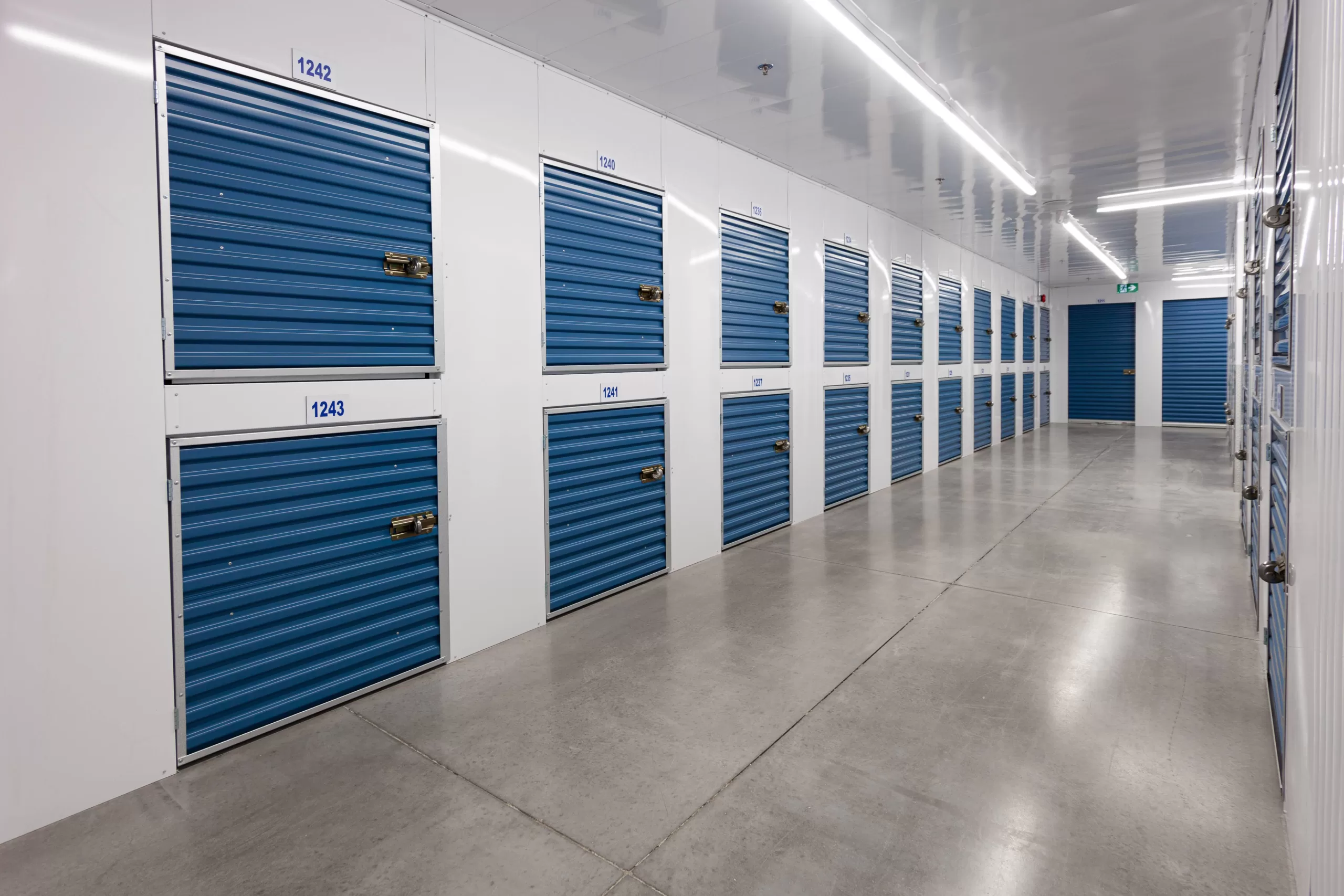The self-storage industry has witnessed rapid growth over the past few years. This trend is not just confined to the United States but is noticeable across the globe.
The concept of self-storage services is relatively simple: it provides individuals and businesses with a safe and secure space to store their belongings for a specified duration.
As an industry, self-storage provides more than just space; it offers convenience and flexibility. Whether one is moving, decluttering, or in need of more storage space, self-storage services are an excellent solution.
Additionally, businesses leverage these services to store excess inventory, equipment, and documents.
These services are not a new concept; they’ve been around for decades. However, the industry’s recent surge in popularity is indeed noteworthy.

The industry has gotten so big, with thousands of companies, that not even Google can keep up. A new storage space for rent directory just launched that is dedicated to storage space for rent companies.
Storagespace4rent.com is a dedicated storage space search engine with an interactive map showing more properties than any other website.
The Rise of Self-Storage Services: A Statistical Overview
The numbers and statistics related to the growth of self-storage services are truly staggering.
According to a report by the Self Storage Association, the United States alone boasts approximately 50,000 self-storage facilities, representing over 90% of the global market.
Additionally, the report indicates that 1 in every 10 Americans currently utilizes self-storage services.
In terms of financial growth, the self-storage industry has shown remarkable resilience, even during economic downturns.
In 2020, despite the challenges brought on by the pandemic, the industry’s overall revenue in the United States was estimated to be over $39 billion.
Globally, the self-storage market is predicted to reach approximately $49.24 billion by 2024, growing at a CAGR of 134.79% during the period of 2020-2024. These numbers reveal the undeniable strength and potential of this industry.
Read Also:
Understanding the Profitability of the Self-Storage Business
The question “How much do storage units make?” is a common one, as many are intrigued by the profitability of this industry.
The answer, however, is not straightforward, as it depends on various factors such as the size of the facility, its location, occupancy rate, and operational costs.
On average, a well-run self-storage business can expect an annual return on investment (ROI) of around 11%. This is higher than many traditional real estate investments.
Moreover, the self-storage industry is known for its low default rate, making it a relatively safer investment.
The profitability of self-storage services is also influenced by their low maintenance and operational costs. Unlike apartment buildings or office spaces, self-storage units require minimal upkeep.
This contributes to the industry’s high-profit margin and its attractiveness to investors.
Key Reasons Behind the Surge in Self-Storage Services
The surge in the self-storage industry can be attributed to several key factors. First and foremost, today’s society is characterized by consumerism, leading to the accumulation of goods.
The need for additional storage space to accommodate these possessions drives the demand for self-storage services.
Second, the increasing mobility of the population contributes to the rise of self-storage. People are constantly moving, whether for job opportunities, education, or personal reasons.
During these transitions, self-storage services provide a convenient solution for temporary or long-term storage.
Lastly, businesses, particularly e-commerce and small enterprises, are leveraging self-storage facilities for their operations.
These units offer an affordable and flexible solution for storing inventory, equipment, and documents.
Exploring the Industry Trends in Self Storage
The self-storage industry is not static; it continues to evolve in response to changing consumer needs and technological advancements. One of the significant trends in the industry is the shift towards more customer-centric services.
This focus on customer service includes offering flexible rental terms, 24/7 access to units, enhanced security features, and online reservation systems.
Another trend is the incorporation of technology in self-storage services. This includes the use of mobile apps for unit access, online payment portals, and advanced security systems.
These tech-driven features improve the customer experience and operational efficiency.
Finally, there is a growing trend towards eco-friendly practices in the self-storage industry. This includes the use of solar panels for energy, green building materials, and recycling programs.
The Role of Customer Service in the Self-Storage Industry
In the competitive self-storage market, customer service plays a crucial role in attracting and retaining customers. Excellent customer service in this context goes beyond friendly interactions.
It encompasses understanding the customers’ needs, offering flexible solutions, maintaining well-kept facilities, and ensuring the safety and security of the stored items.
The self-storage industry is becoming increasingly customer-centric. Companies are investing in staff training to ensure high-quality service and implementing technology to enhance the customer experience.
This focus on customer service is a differentiating factor in the industry and contributes to its growth.
How Much Do Storage Units Make?
As mentioned earlier, the profitability of self-storage services is influenced by various factors. However, to give a more concrete answer to the question “How much do storage units make?”, we can look at some industry averages.
On average, a self-storage facility can generate anywhere from $5 to $30 per square foot annually. This implies that a facility of 50,000 square feet can generate annual revenue of $250,000 to $1,500,000.
After deducting operational costs, the net income can range from $150,000 to $900,000. However, these figures can vary significantly based on the facility’s location, size, and occupancy rate.
Is Owning a Storage Unit Business Profitable?
The question “Is owning a storage unit business profitable?” has been addressed throughout this article. The short answer is yes; the self-storage industry can indeed be a profitable venture.
Its resilience during economic downturns, low maintenance and operational costs, and high ROI make it an attractive investment.
However, like any business, it’s not without its challenges. Success in this industry requires strategic planning, excellent customer service, effective marketing, and continual adaptation to industry trends and consumer needs.
The Future of the Self-Storage Market
Looking ahead, the future of the self-storage market appears promising. The industry’s growth is expected to continue, driven by factors such as increasing urbanization, consumerism, and the growing e-commerce sector.
Moreover, the industry is likely to become more tech-driven, with advancements in security systems, mobile apps, and digital payment options.
The incorporation of green practices is also expected to increase, aligning with global efforts toward sustainability.
Finally, the role of customer service will continue to be paramount. As the market becomes more competitive, providing excellent customer service will be crucial for differentiation and customer retention.
Conclusion
The rapid expansion of self-storage services is a testament to the industry’s resilience, profitability, and adaptability.
As we move towards a future characterized by increased consumerism, mobility, and digitalization, the demand for convenient, flexible, and secure storage solutions is expected to grow.
The self-storage industry, with its customer-centric approach and innovative solutions, is well-positioned to meet this demand.
As the industry continues to evolve, it presents numerous opportunities for entrepreneurs and investors.
Whether you’re considering entering the industry or simply curious about its dynamics, understanding the factors driving its growth and its future direction is crucial.









